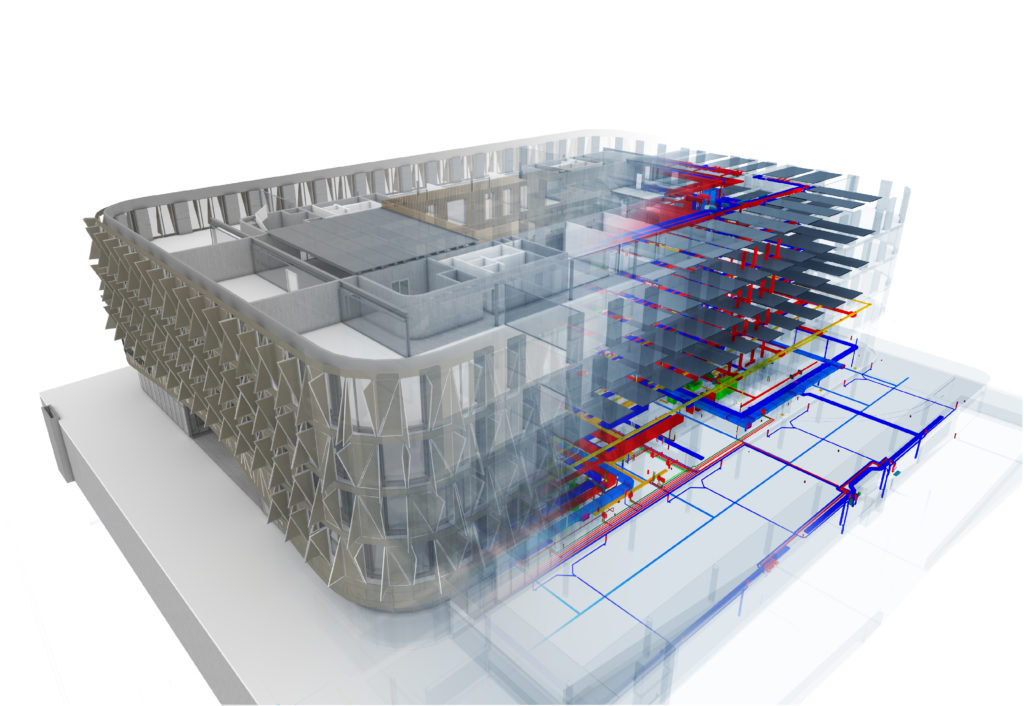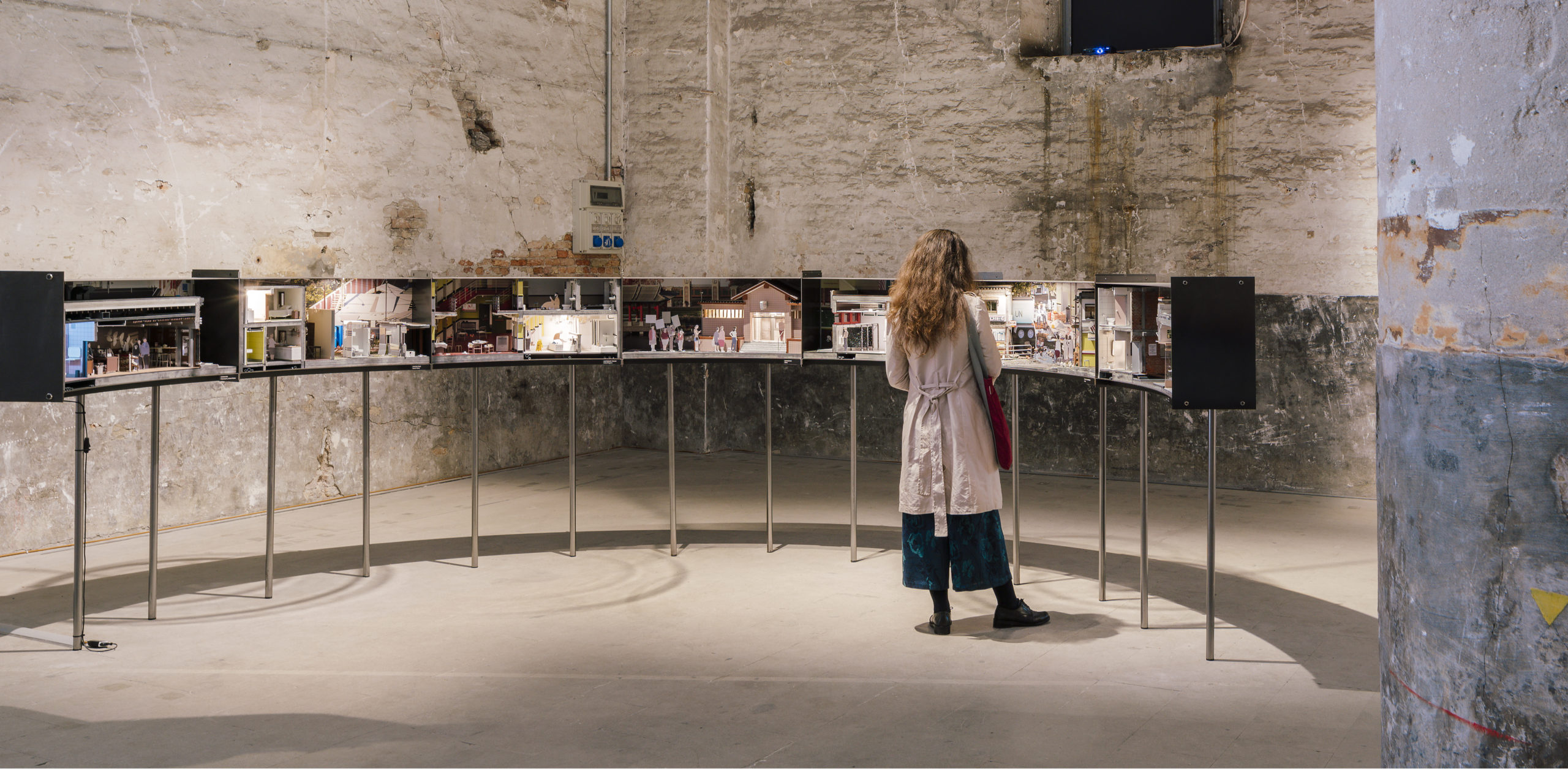Eitan Tsarfati is a serial tech entrepreneur and Co-Founder and CEO of Swapp, an AI-based construction planning company which partners with architects to leverage the power of AI-driven platforms.
Over the past few years, various architectural construction planning technologies have emerged, changing the way we design. It seems inevitable that as the world goes through the process of digitization, the world of architectural planning will eventually follow. While many see this transformation as negative, I see it as positive. I’ve never understood why we are already using technology in our daily lives to save time and energy and not using it at the office to improve our productivity as architects.
Why should we, as architects, spend so much time on manual processes that can be automated? If we wouldn’t spend so much time generating output, we could use our time to explore new ways to innovate and improve our designs. Architects have always needed to embrace new technologies to keep up with the changing needs of cities and communities. Yet, the past year has illuminated the growing need to innovate the way that we work, live, and collaborate. Many emerging technologies will change the face of architecture as we know it. Let’s take a look at some technologies that are set to transform the field.
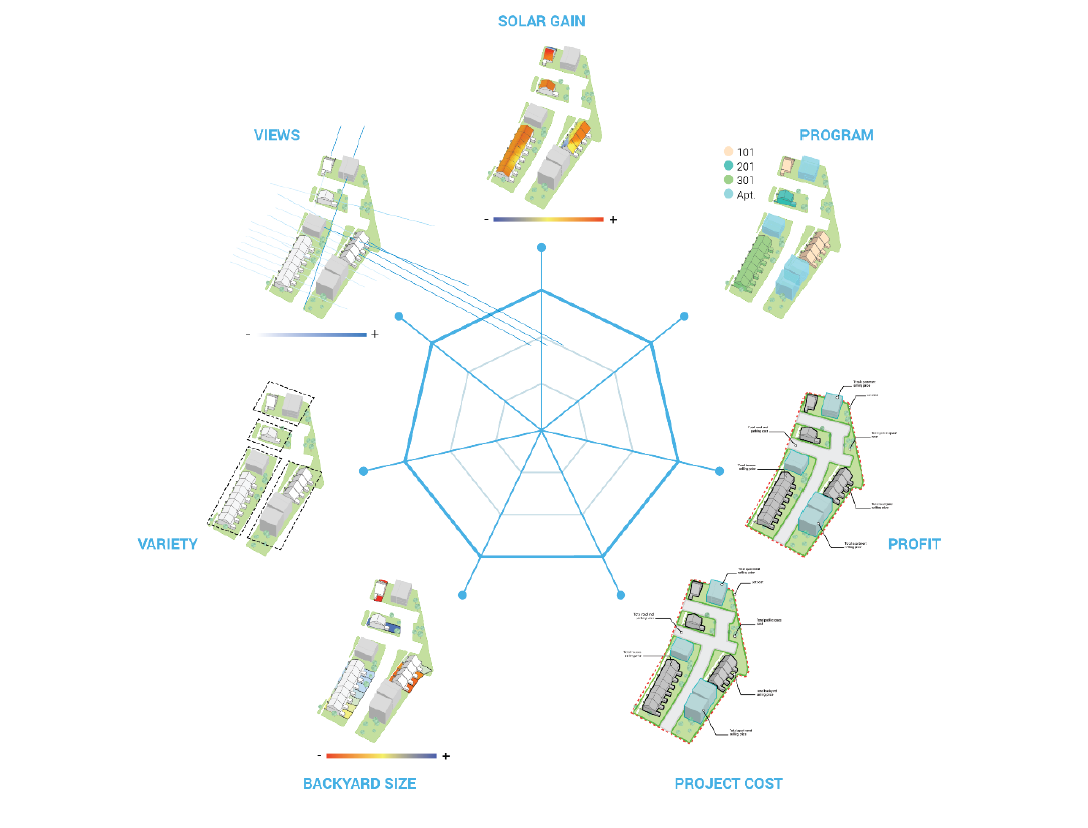
Autodesk Generative Design via Autodesk Research
1. Generative Design
As I mentioned in my last piece, “How New Technology Is Enabling Architects to Realize Their Dream Designs,” generative design has been used by architects to explore hundreds of design sets, offering solutions to the challenges we often struggle with. Currently, most generative design software tools provide hundreds of options without screening them or optimizing them to match a particular construction project’s needs. I expect this technology will be further developed and enhanced over time, primarily through AI-powered and machine learning planning platforms. These innovations will help architects to free up more time to concentrate on other tasks.
2. Collaboration Platforms
Major developments in this field are collaborative software solutions aimed at helping architects take a leading role in the design and construction planning processes. Real-time collaboration software is already considered to be an essential part of the construction planning process. Today’s work environment has proved that communicating effectively and sharing data in real-time can transform how we approach the construction planning process.
Every architect’s planning cycle involves constant coordination with numerous stakeholders, and interaction with them often impacts our designs. For this reason, the latest AI technology in the field offers more than just a collaboration platform. It provides planning teams with access to the latest, most updated information. Additionally, it can quickly calculate and automate numerous iterations simultaneously, in hyper speed and complete transparency for all relevant stakeholders.
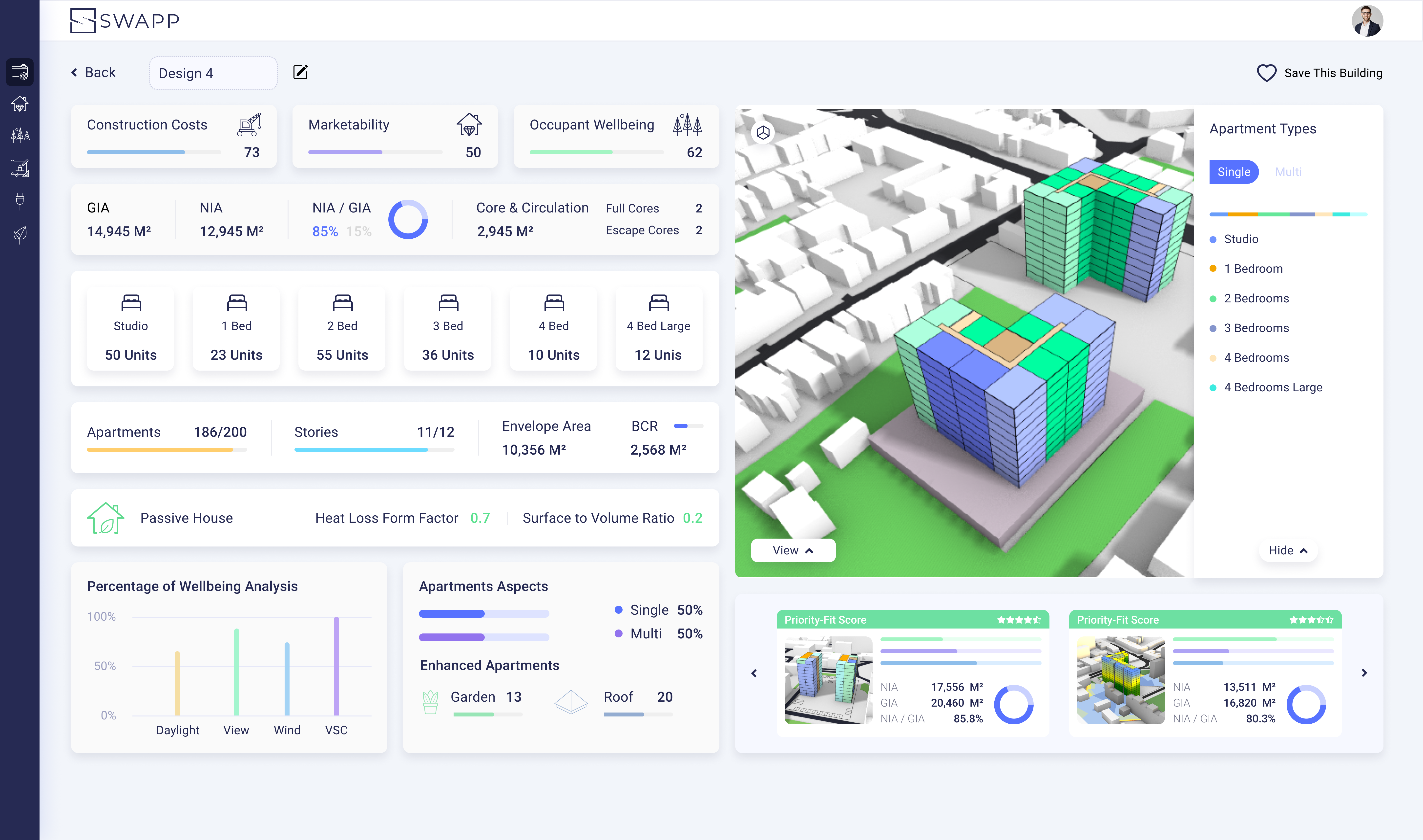
Swapp AI-driven Platform, leveraging data and machine learning for planning efficiencies and optimization criteria.
3. Artificial Intelligence and Machine Learning
In addition to Collaboration Platforms, BIM adoption and generative design, AI technology serves as the basis for our field’s next key technological developments. Architecture is an industry where creative processes suffer from countless obstacles on the way to the final design. I argue that the most powerful tool for helping architects regain control over the design process and re-inject creativity into the industry is using AI and machine learning technologies. These technologies already help architects and other key stakeholders to create a significantly easier process by providing access to countless data, models, interpretations of building environments, and cost estimates. These tools allow architects to create shorter, smarter, more creative design processes, leading to fewer design omissions or system clashes.
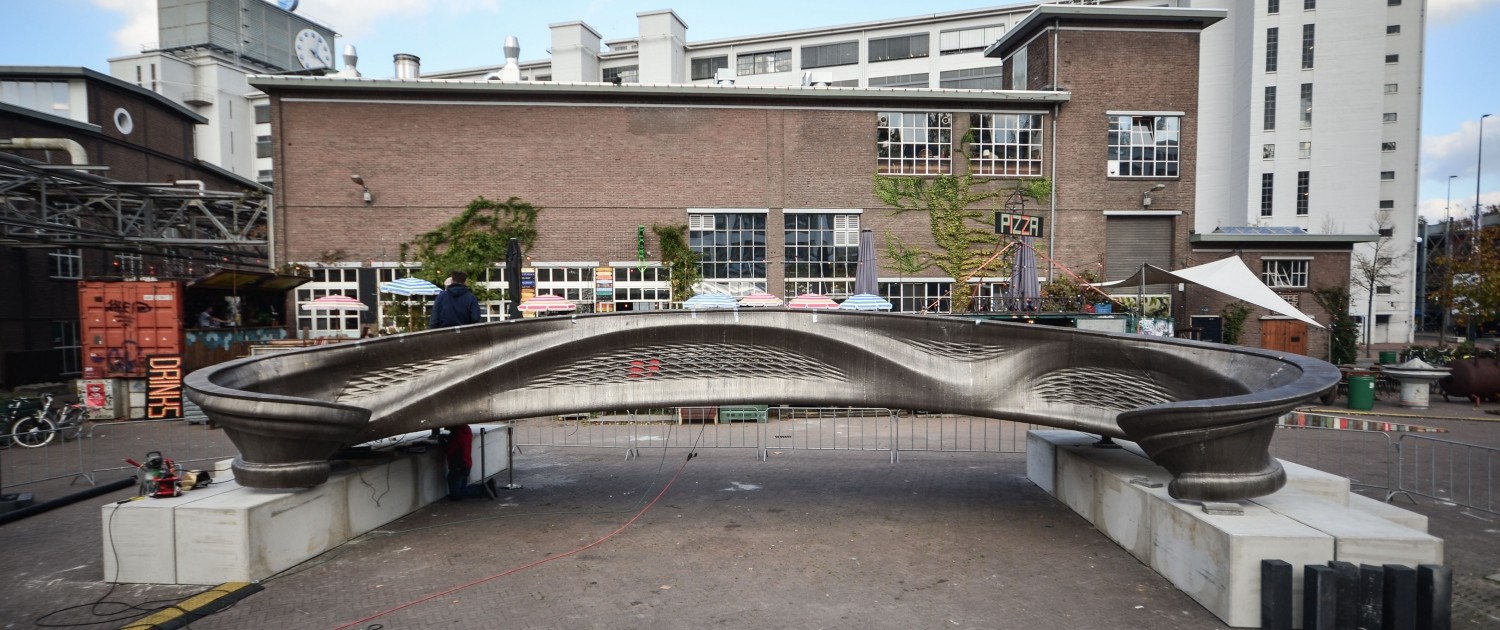
This stainless steel bridge is currently being 3D printed by MX3D; it will cross one of the best known canal’s in the heart of Amsterdam.
4. Additive manufacturing (AM)/or 3D printing
As an executive at Autodesk, I lead a software development team as part of the company’s Additive Manufacturing platform. Additive Manufacturing, most commonly referred to as 3D printing on an industrial scale, enables the digital to physically transform an object from the ground up. Using a layer-by-layer creation allows for complex and lightweight structures that could not be achieved by any other method. By using this technology, architects can convert their 3D digital model into instructions for the 3D printer. Despite the great promise of 3D printing technology, it is still considered one of the most controversial technologies because of its various technical constraints. I believe that this technology will significantly evolve in the next 5-7 years, but there’s still a long way to go before it becomes a standard in the construction industry.
Final Thoughts
After a transformative year, there is no doubt that architects are set to see the introduction of more and more technologies into their daily workflows. The industry’s many challenges are likely to be eased, if not solved, by technological developments. And these technological trends are undoubtedly opening up new opportunities for greater creativity, productivity, increase in efficiency, and optimization of our work processes for years to come.
The ability to adopt new technologies will soon become the bread and butter of innovative architects ready to embrace the future. I think it’s time we stop seeing ourselves as “worker bees” and start using our creativity and deep-thinking capabilities to explore new possibilities — this will help our industry evolve.
The latest edition of “Architizer: The World’s Best Architecture” — a stunning, hardbound book celebrating the most inspiring contemporary architecture from around the globe — is now available. Order your copy today.
Top image: 3D model of the Scott Sports SA Headquarters, by Givisiez, Switzerland
